PESTS AND DISEASES OF FORESTRY IN NEW ZEALAND
Brown spot needle blight

Brown spot needle blight (BSNB) is a disease of pine species caused by Lecanosticta acicola. This disease is not present in New Zealand. Help us keep BSNB from establishing here by learning what to look for.
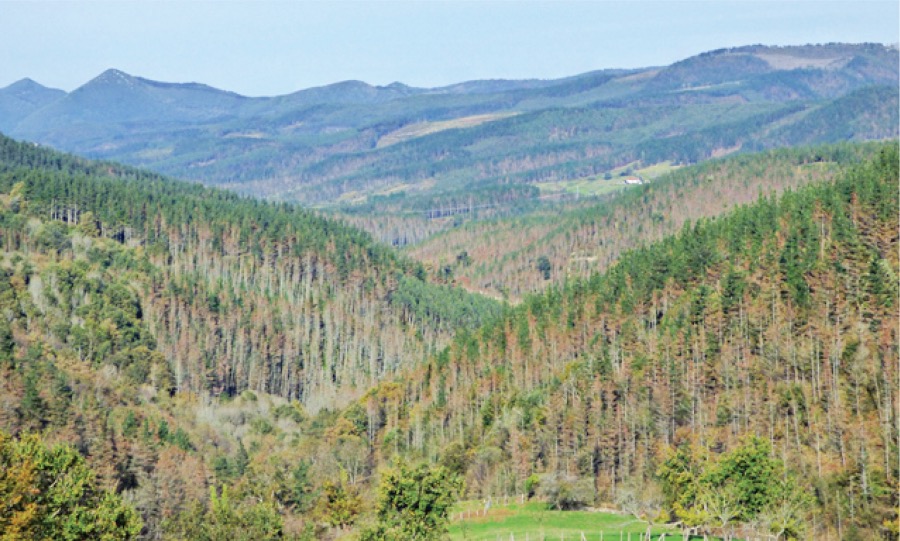
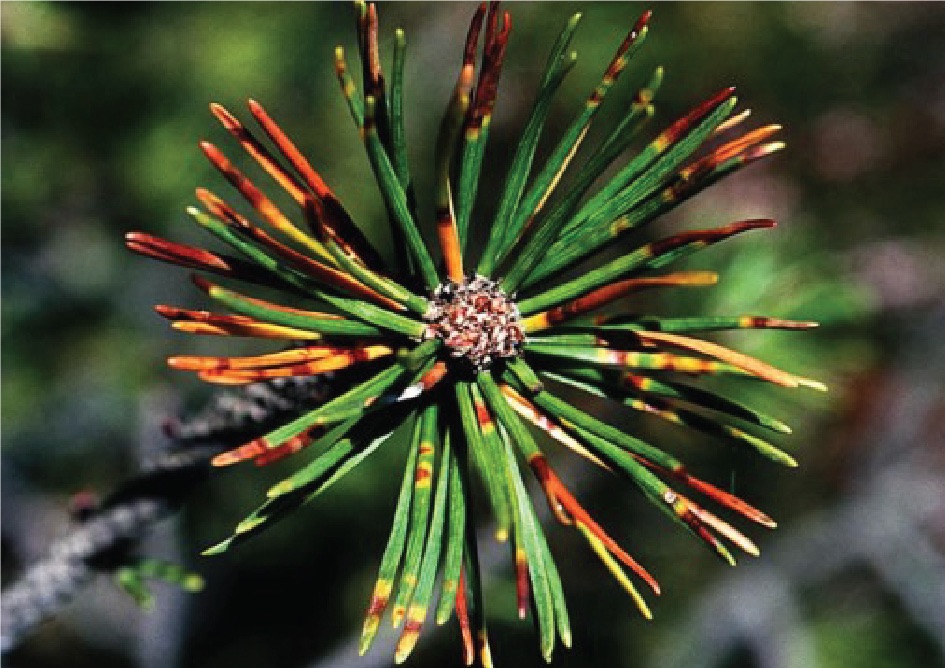
BSNB has been responsible for severe damage to pine plantations in the Northern Hemisphere, Central America and Colombia. And despite protocols put in place to prevent the spread of the disease, there have been frequent new reports in North America and Europe. This disease is not present in New Zealand and we need to be vigilant to ensure it does not arrive here.
Symptoms to look for
- Small yellow, light green or reddish brown irregular circular spots on the needles.
- Spots turn brown, often with a yellow halo. Brown spots can appear resin soaked and usually widen to bands encircling the needles.
- Usually, second and third year needles are affected, and are prematurely shed, leaving only tuffs of new needles at the branch tips, producing a “lion’s tail” appearance.
- Infection is most severe in the lower canopy of the tree and progresses upwards into the canopy.
- Symptoms can be confused with dothistroma needle blight (DNB). The difference is the red banding for DNB and brown banding for BSNB. Symptoms of the two diseases may be very similar.
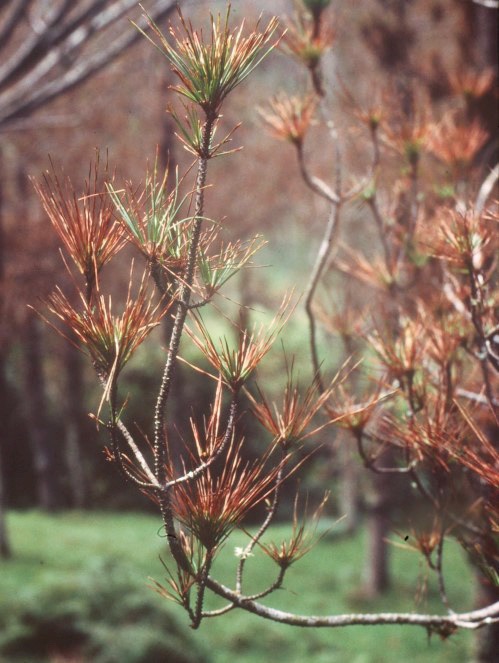
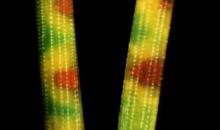
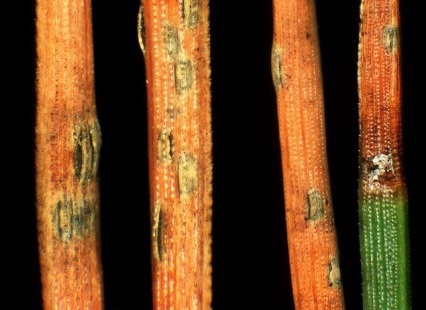
Symptoms on P. mugo2.
Hosts
The disease affects a wide range of Pinus species and has been recorded on Picea glauca (white spruce).
Disease development and spread
- Lecanosticta acicola can be found fruiting on necrotic needle tissue on attached and cast needles.
- The fungus releases spores in warm, wet weather and spores are spread by rain splash, fog and wind.
- An asymptomatic phase can last in the plant for up to three months and can lead to the accidental movement of nursery stock and plant material into new areas.
Identification and testing
BSNB can be identified directly from fruit bodies using morphological techniques. Scion can carry out a qPCR assay for rapid detection within 48 hours. This molecular method can be used directly from suspected infected needle tissue and/or from cultures.
As required by the Biosecurity Act (1993), if you suspect that you have typical BSNB symptoms call “MPI Pest and disease hotline – 0800 80 99 66”. MPI will coordinate how best to proceed with sampling and identification.
- JuanManuelPérezdeAna,http://macizodelgorbea.blogspot.com/2018/11/lecanosticta-acicola-montes-afectados.html
- EPPO (2015) PM 7/46 (3) Lecanosticta acicola (formerly Mycosphaerella dearnessii), Dothistroma septosporum (formerly Mycosphaerella pini) and Dothistroma pini. EPPO Bull, 45: 163-182. doi:10.1111/epp.12217 Authors Pheel L, Cech T, and Ioos R.
Contact information
Telephone +64 7 343 5513
Email fhdiagnostics@scionresearch.com www.scionresearch.com/ forest-health-diagnostics
About Scion
Scion is the Crown research institute that specialises in research, science and technology development for forestry, wood and wood-derived materials, and other bio-material sectors.
Scion’s purpose is to create economic value across the entire forestry value chain, and contribute to beneficial environmental and social outcomes for New Zealand.

 Farm Forestry New Zealand
Farm Forestry New Zealand

